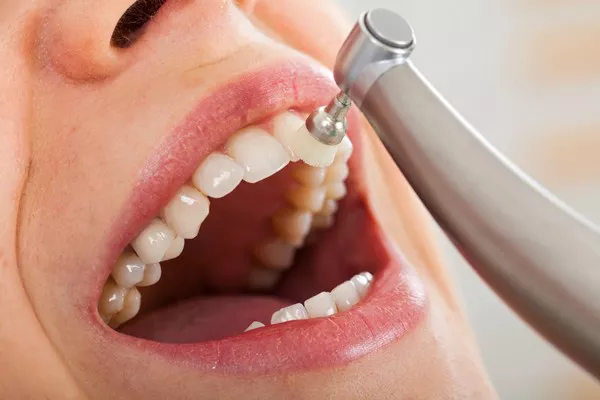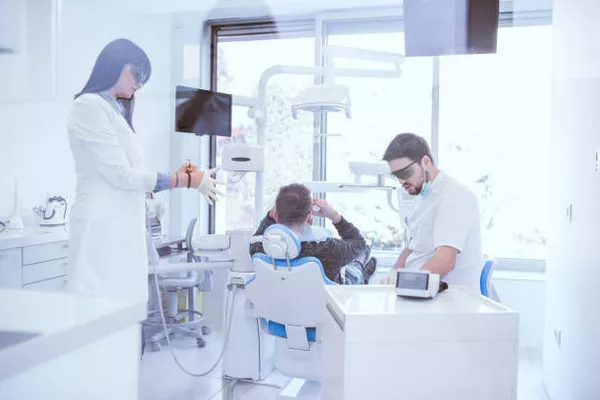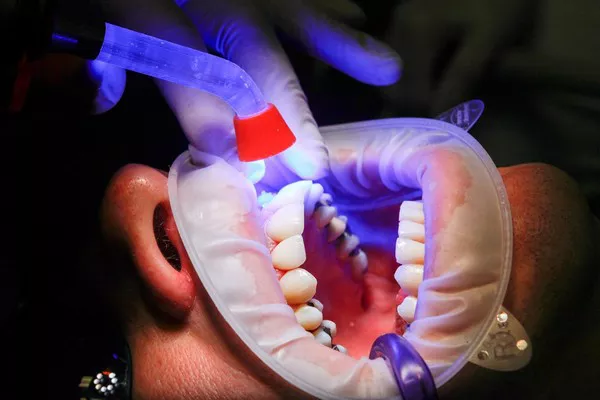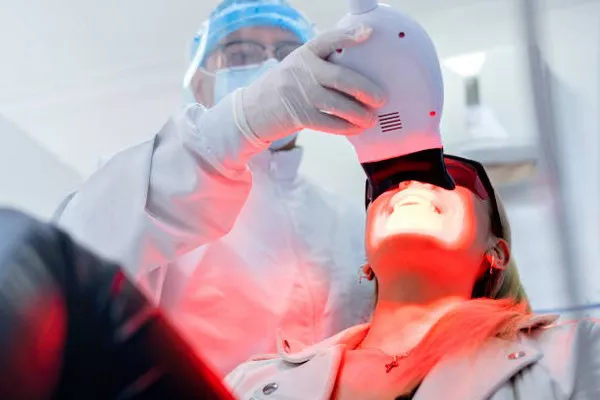The first 24 hours after wisdom teeth removal are crucial for promoting healing and minimizing discomfort. Proper care during this critical period can significantly impact the overall success of the procedure and help patients navigate the recovery process with confidence. Here’s everything you need to know about what to do during the first 24 hours after wisdom teeth removal.
Rest and Recovery
Rest is paramount during the initial phase of recovery after wisdom teeth removal. Patients should prioritize rest and relaxation to allow their bodies to heal effectively. Avoiding strenuous activities, such as heavy lifting or vigorous exercise, is recommended for at least the first few days following surgery. Resting with the head elevated can also help reduce swelling and promote comfort during the recovery process.
Pain Management
Pain and discomfort are common after wisdom teeth removal, but there are several strategies for managing these symptoms effectively. For the first 24 hours, patients may be prescribed pain medications by their dentist or oral surgeon to alleviate discomfort. Additionally, applying ice packs to the cheeks outside the surgical area can help reduce swelling and numb pain. After the first 24 hours, heat packs may be used to further alleviate discomfort if needed.
see also: What is the process of getting your wisdom teeth removed?
Bleeding Control
Some bleeding is normal after wisdom teeth removal, but it’s essential to manage it properly to promote clotting and minimize the risk of complications. To control bleeding, patients should gently bite down on a piece of clean gauze over the extraction site for about 30 minutes. If bleeding persists, placing a moist tea bag over the gauze can help promote clotting due to the tannic acid present in tea.
Oral Hygiene
Maintaining good oral hygiene is crucial for preventing infection and promoting healing after wisdom teeth removal. While it’s essential to avoid brushing near the extraction site for the first 24 hours to prevent dislodging the blood clot, gentle brushing of the remaining teeth and tongue is still recommended. After the initial 24-hour period, patients can begin rinsing their mouths with warm salt water to help keep the surgical site clean and reduce the risk of infection.
Diet
Following a soft food diet is recommended during the first 24 hours after wisdom teeth removal to minimize discomfort and prevent irritation to the surgical site. Patients should avoid hot liquids, spicy foods, and anything that requires excessive chewing. Additionally, using straws should be avoided, as the suction can dislodge the blood clot and increase the risk of dry socket—a painful complication that occurs when the blood clot becomes dislodged from the extraction site.
Swelling Management
Swelling is a common side effect of wisdom teeth removal and typically peaks within the first 24 to 48 hours after surgery. To reduce swelling, patients can apply ice packs to the cheeks outside the surgical area for 20 minutes on and 20 minutes off. Keeping the head elevated while resting can also help minimize swelling and promote comfort during the recovery process.
see also: What is the process of getting your wisdom teeth removed?
Follow-Up Appointments
Keeping any scheduled follow-up appointments with your dentist or oral surgeon is essential for monitoring your recovery progress and addressing any concerns or complications that may arise. These appointments allow your healthcare provider to assess your healing and provide personalized recommendations for ongoing care.
Warning Signs
While discomfort and swelling are normal after wisdom teeth removal, certain symptoms may indicate a complication that requires medical attention. Patients should be aware of the following warning signs:
- Excessive bleeding that doesn’t stop with pressure.
- Severe or worsening pain that isn’t alleviated by pain medications.
- Persistent fever or chills, which may indicate an infection.
- Swelling or inflammation that worsens over time.
- Foul odor or taste in the mouth, which could indicate dry socket or infection.
If you experience any of these warning signs or have any concerns about your recovery, contact your dentist or oral surgeon promptly for further evaluation and guidance.
Conclusion
Proper care during the first 24 hours after wisdom teeth removal is essential for promoting healing and minimizing discomfort. By following these guidelines for rest and recovery, pain management, bleeding control, oral hygiene, diet, swelling management, follow-up appointments, and recognizing warning signs of complications, patients can navigate the initial phase of recovery with confidence and achieve optimal outcomes. If you have any questions or concerns about your recovery after wisdom teeth removal, don’t hesitate to reach out to your healthcare provider for assistance and support.
You Might Be Interested In































